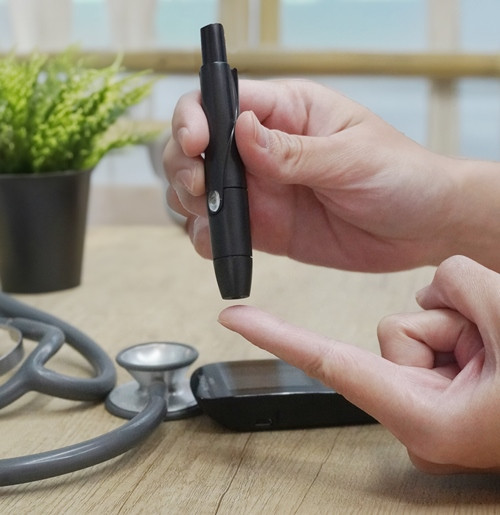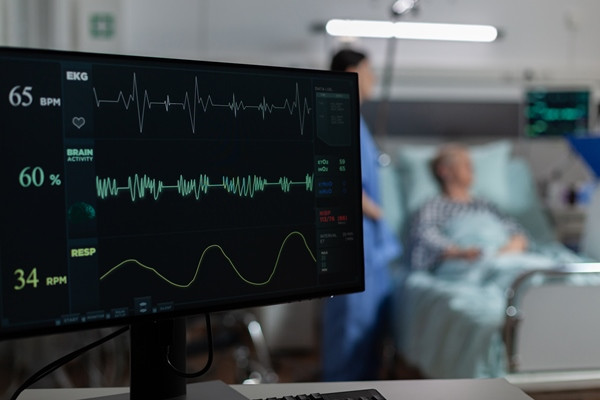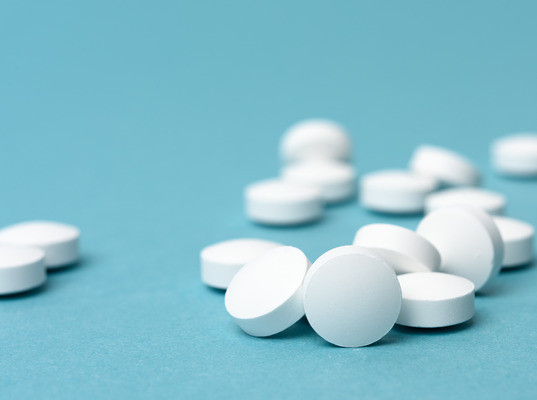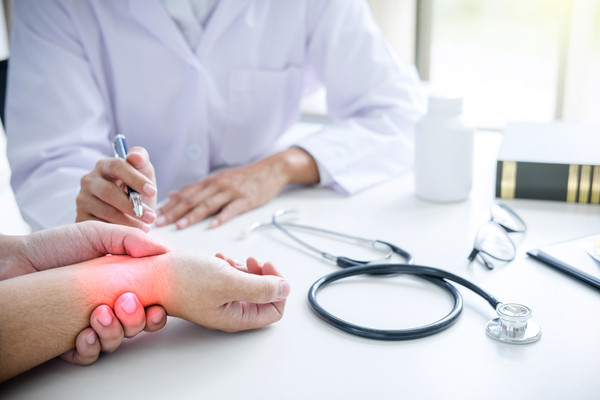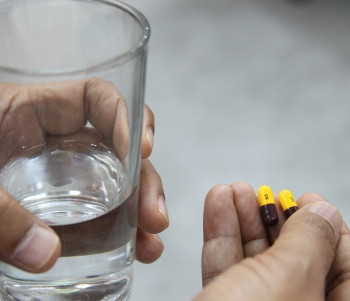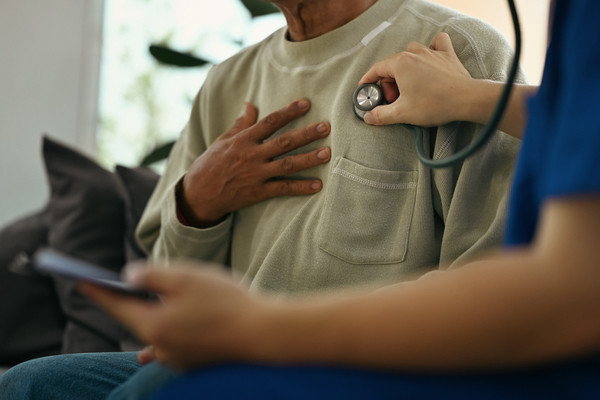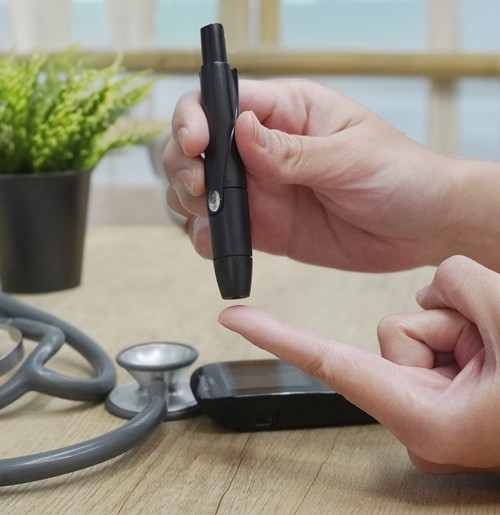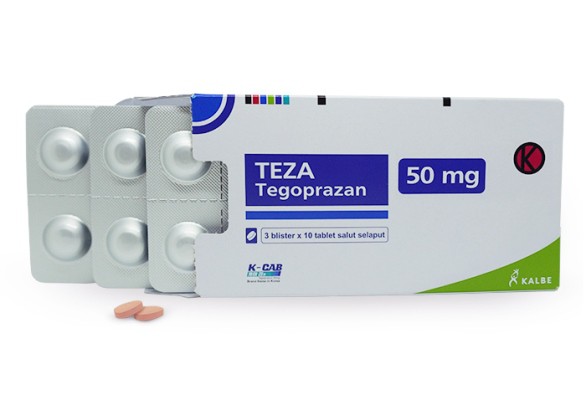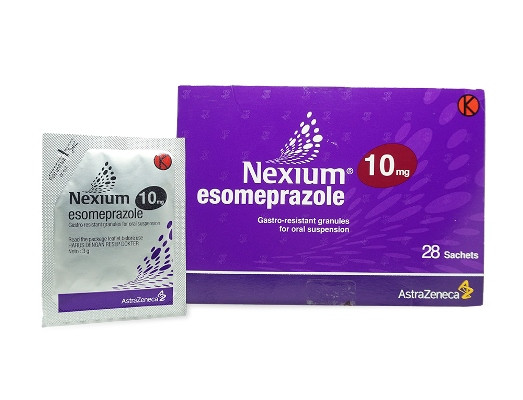Gastro-esophageal Reflux Disease (GERD)
Pendahuluan dan Fakta
Gastroesophageal reflux disease (GERD) merupakan suatu keadaan melemahnya lower esophageal sphincter (LES) yang mengakibatkan terjadinya refluks cairan asam lambung ke dalam esofagus. Prevalensi GERD menurut Map of Digestive Disorders & Diseases tahun 2008 di Amerika Serikat, United Kingdom, Australia, Cina, Jepang, Malaysia, dan Singapura adalah 15%, 21%, 10,4%, 7,28%, 6,60%, 38,8%, dan 1,6%. Belum ada data mengenai GERD di Indonesia, namun keluhan serupa GERD cukup banyak ditemukan dalam praktik sehari-hari.
Salah satu masalah bagi setiap tenaga kesehatan di pusat pelayanan kesehatan primer adalah menegakkan diagnosis dan menentukan terapi GERD dengan keterbatasan alat penunjang diagnostik. Definisi GERD menurut Konsensus Nasional Penatalaksanaan Penyakit Refluks Gastroesofageal di Indonesia tahun 2013 adalah suatu gangguan berupa isi lambung mengalami refluks asam lambung berulang ke dalam esofagus, menyebabkan gejala dan/atau komplikasi yang mengganggu. GERD adalah suatu keadaan patologis akibat refluks kandungan lambung ke dalam esofagus dengan berbagai gejala akibat keterlibatan esofagus, faring, laring dan saluran napas.
Patofisiologi
GERD terjadi akibat adanya ketidakseimbangan antara faktor ofensif dan defensif dari sistem pertahanan esofagus dan bahan refluksat lambung. Yang termasuk faktor defensif sistem pertahanan esofagus adalah LES, mekanisme bersihan esofagus, dan epitel esofagus. LES merupakan strukur anatomi berbentuk sudut yang memisahkan esofagus dengan lambung. Pada keadaan normal, tekanan LES akan menurun saat menelan sehingga terjadi aliran antegrade dari esofagus ke lambung. Pada GERD, fungsi LES terganggu dan menyebabkan terjadinya aliran retrograde dari lambung ke esofagus.
Terganggunya fungsi LES pada GERD disebabkan oleh turunnya tekanan LES akibat penggunaan obat-obatan, makanan, faktor hormonal, atau kelainan struktural. Sedangkan yang termasuk faktor ofensif adalah peningkatan asam lambung, dilatasi lambung atau obstruksi gastric outlet, distensi lambung dan pengosongan lambung yang terlambat, tekanan intragastrik dan intraabdomen yang meningkat. Beberapa keadaan yang mempengaruhi tekanan intraabdomen antara lain hamil, obesitas, dan pakaian terlalu ketat.
Gejala Klinis dan Komplikasi
Tanda dan gejala khas GERD adalah regurgitasi dan hearburn. Regurgitasi merupakan suatu keadaan refluks yang terjadi sesaat setelah makan, ditandai rasa asam dan pahit di lidah. Heartburn adalah suatu rasa terbakar di daerah epigastrium yang dapat disertai nyeri dan pedih. Dalam bahasa awam, heartburn sering dikenal dengan istilah rasa panas di ulu hati yang terasa hingga ke daerah dada. Kedua gejala ini umumnya dirasakan saat setelah makan atau saat berbaring. Gejala lain GERD adalah kembung, mual, cepat kenyang, bersendawa, hipersalivasi, disfagia hingga odinofagia.
Disfagia umumnya akibat striktur atau keganasan Barrett’s esophagus. Sedangkan odinofagia atau rasa sakit saat menelan umumnya akibat ulserasi berat atau pada kasus infeksi. Nyeri dada non-kardiak, batuk kronik, asma, dan laringitis merupakan gejala ekstraesofageal penderita GERD.
Diagnosis
Berdasarkan Guidelines for the Diagnosis and Management of Gastroesophageal Reflux Disease yang dikeluarkan oleh American College of Gastroenterology tahun 1995 dan revisi tahun 2013, diagnosis GERD dapat ditegakkan berdasarkan:
1. Empirical Therapy
2. Use of Endoscopy
3. Ambulatory Reflux Monitoring
Esophageal Manometry lebih direkomendasikan untuk evaluasi pre-operasi untuk eksklusi kelainan motilitas yang jarang, seperti achalasia atau aperistaltik, yang berhubungan dengan suatu kelainan, misalnya skleroderma. Diagnosis GERD ditegakkan berdasarkan gejala klasik dari hasil anamnesis dan pengisian kuesioner, serta berdasarkan hasil uji terapi PPI (Proton Pump Inhibitor).
Gejala klasik GERD juga dapat dinilai dengan Gastroesophageal Reflux Disease Questionnairre GERD-Q. Upaya diagnostik berdasarkan gejala klasik GERD ini juga didukung oleh Konsensus Nasional Penatalaksanaan Penyakit Refluks Gastroesofageal di Indonesia Perkumpulan Gastroenterologi Indonesia, 2013. Dalam konsensus ini disebutkan bahwa penderita terduga GERD adalah penderita dengan gejala klasik GERD, yaitu heartburn, regurgitasi, atau keduanya yang terjadi sesaat setelah makan terutama makan makanan berlemak dan porsi besar. Pemeriksaan tambahan untuk diagnosis GERD adalah uji terapi PPI.
Uji terapi PPI merupakan suatu terapi empirik dengan memberikan PPI dosis ganda selama 1-2 minggu tanpa pemeriksaan endoskopi sebelumnya. Indikasi uji terapi PPI adalah penderita dengan gejala klasik GERD tanpa tanda-tanda alarm. Tanda-tanda alarm meliputi usia >55 tahun, disfagia, odinofasia, anemia defisiensi besi, BB turun, dan adanya perdarahan melena/ hematemesis. Apabila gejala membaik selama penggunaan dan memburuk kembali setelah pengobatan dihentikan, maka diagnosis GERD dapat ditegakkan.
Pengobatan dan Perawatan
Tujuan pengobatan GERD adalah untuk mengatasi gejala, memperbaiki kerusakan mukosa, mencegah kekambuhan, dan mencegah komplikasi.
Berdasarkan Guidelines for the Diagnosis and Management of Gastroesophageal Reflux Disease tahun 1995 dan revisi tahun 2013, terapi GERD dapat dilakukan dengan:
1. Treatment Guideline I: Lifestyle Modification
2. Treatment Guideline II: Patient Directed Therapy
3. Treatment Guideline III: Acid Suppression
4. Treatment Guideline IV: Promotility Therapy
5. Treatment Guideline V: Maintenance Therapy
6. Treatment Guideline VI: Surgery Therapy
7. Treatment Guideline VII: Refractory.
Secara garis besar, prinsip terapi GERD di pusat pelayanan kesehatan primer berdasarkan Guidelines for the Diagnosis and management of Gastroesophageal Reflux Disease adalah dengan melakukan modifikasi gaya hidup dan terapi medikamentosa GERD. Modifikasi gaya hidup, merupakan pengaturan pola hidup yang dapat dilakukan dengan:
1. Menurunkan berat badan bila penderita obesitas atau menjaga berat badan sesuai dengan IMT ideal
2. Meninggikan kepala ± 15-20 cm/ menjaga kepala agar tetap elevasi saat posisi berbaring 3. Makan malam paling lambat 2 - 3 jam sebelum tidur
4. Menghindari makanan yang dapat merangsang GERD seperti cokelat, minuman mengandung kafein, alkohol, dan makanan berlemak - asam - pedas.
Terapi medikamentosa merupakan terapi menggunakan obat-obatan. PPI merupakan salah satu obat untuk terapi GERD yang memiliki efektivitas serupa dengan terapi pembedahan. Jika dibandingkan dengan obat lain, PPI terbukti paling efektif mengatasi gejala serta menyembuhkan lesi esofagitis. Yang termasuk obat-obat golongan PPI adalah omeprazole 20 mg, pantoprazole 40 mg, lansoprazole 30 mg, esomeprazole 40 mg, dan rabeprazole 20 mg. PPI dosis tunggal umumnya diberikan pada pagi hari sebelum makan pagi. Sedangkan dosis ganda diberikan pagi hari sebelum makan pagi dan malam hari sebelum makan malam.
Referensi:
Saputera MD, Budianto W. Diagnosis dan Tatalaksana Gastroesophageal Reux Disease GERD di Pusat Pelayanan Kesehatan Primer. Cermin Dunia Kedokteran 2017;447:329-32.





